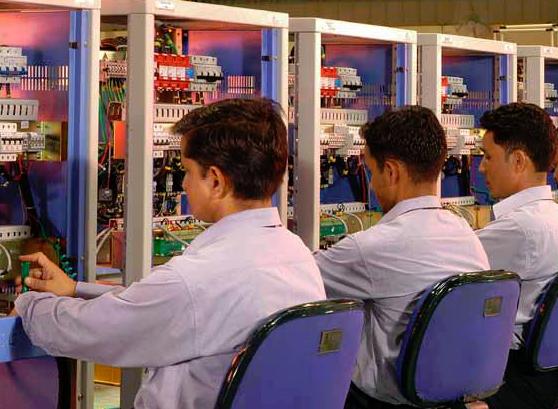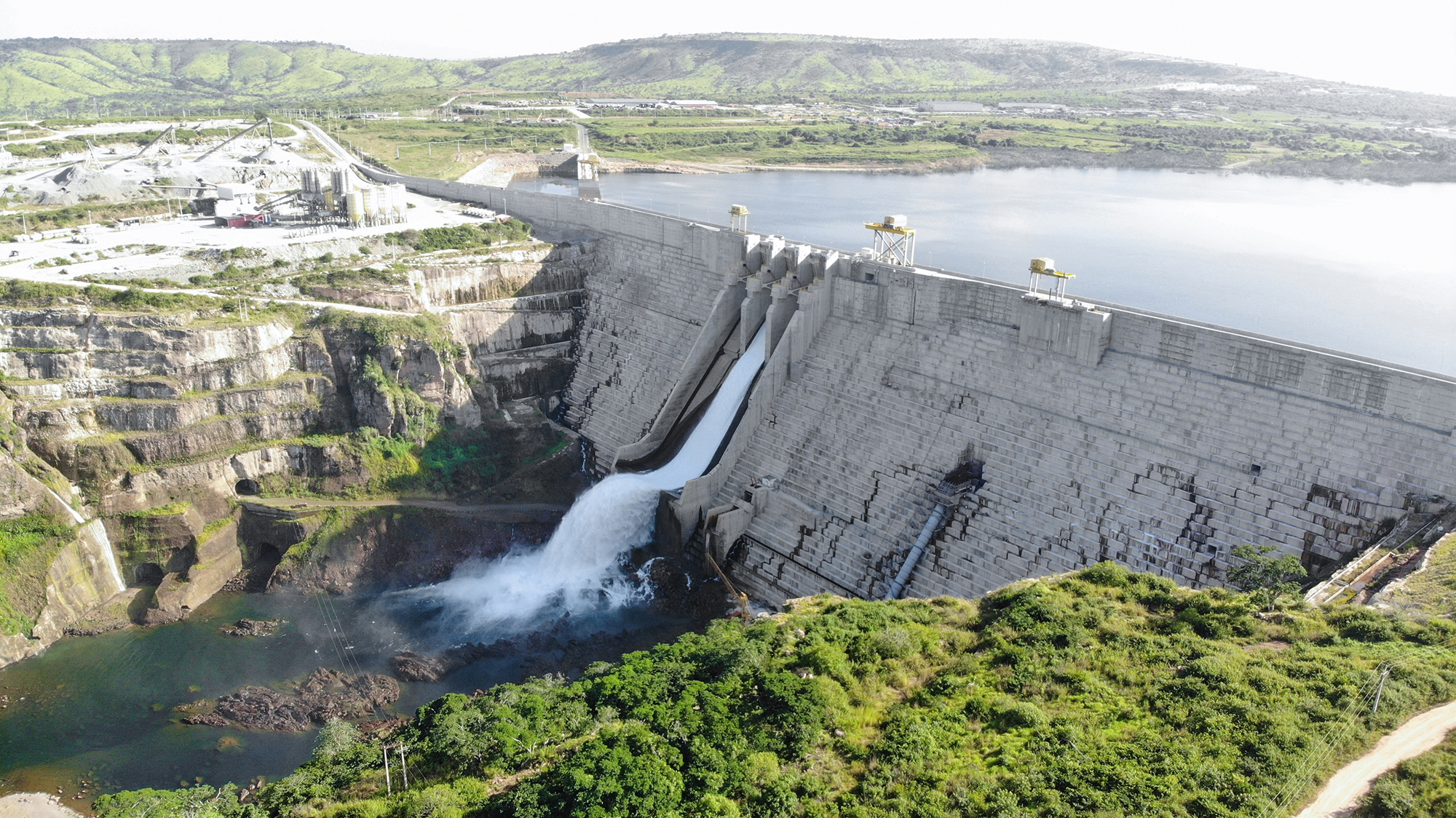
Alan Swaby talks to an Indian technology company that has the bit between its teeth in its endeavour to change life for ordinary citizens.
Devotees of Looney Tunes cartoons will already be familiar with the name Acme Corporation, which supplied Wile E Coyote with the vast range of innovative products he used to try and overcome his arch enemy Road Runner. What they might not be aware of, however, is that on the other side of the world, the Indian firm of Acme Tele Power has been growing with the same scorching speed at which Road Runner travels.
One of the better definitions of ‘marketing’ is to supply the market with the products it wants. In 2003, Acme founder Manoj Kumar Upadhyay applied this in the most direct way possible by asking the telecoms company Airtel what the biggest challenge was that the company faced.
“Airtel is now the biggest in India,” says Acme CEO Sandeep Sethi, “and one of the biggest in the world. Urban development of telecoms networks was reaching saturation but rural expansion was being held back by the lack of a reliable power supply. Manoj solved that problem for the whole of the industry and created the first springboard for the company’s growth.”
The solution was the power interface unit (PIU)—an electronic way of cleaning up the erratic mains supply into a reliable source of electrical power needed by the relay stations. In order to become the proverbial one-stop-shop, Acme added or sourced the entire spectrum of passive products from air-conditioning to the steel towers themselves and soon became the supplier of choice, not only to Airtel but to the entire Indian industry.
“With demand jumping to almost 80,000 towers per annum,” says Sethi, “it didn’t take long before Acme had grown to a 2,000 strong workforce with revenue in the order of US$500 million.”
Amazingly, Acme has achieved all of this and still remained a debt-free business. At the height of the telecoms boom in India, Acme could put its hands on as much as $100 million in cash in a year. Good customers paying promptly meant that liquidity problems were largely avoided and investments in new production facilities were paying for themselves in a year or less.
Of course, all good things come to an end, and while the telecoms market is still important, and Acme retains a leading share of the Indian telecoms market, it is no longer experiencing the same level of growth it once did. As such, diversification is the name of the game.
“We saw this coming,” says Sethi, “so in 2007 we bought a Norwegian company with a presence in Africa which gave us access to very similar markets to those we knew in India. It’s a strategy that has paid good dividends and today, almost half of revenue comes from non-Indian sources.”
These days, Acme no longer describes itself as a supplier of passive components to the telecoms industry; rather it has cast its net wider and promotes itself as an energy management business. “Through our telecoms work,” says Sethi, “the need for more energy efficient systems became apparent. The largest single operating cost for telecoms providers is energy—accounting for around 40 per cent. For this market we developed the Green Shelter concept which has, in turn, opened other doors.”
A remote relay station might well be connected to the grid but the unreliability of the supply means that diesel generation is still needed as backup. The starting point for saving energy is the PIU itself which, by correcting the mains supply, ensures that the diesel generator set is called on less often. Acme engineers then took a look at the air-conditioning and developed the world’s first compressor-less system—again reducing energy consumption. Add to this the more efficient DC diesel generation units Acme has developed and the total provision of these passive components contributes to significantly less costly operation.
The final part of the equation is the service Acme offers, over and above the maintenance provided. In some cases, assets have been transferred from the network provider to Acme, which then takes full responsibility for running them at a fixed charge. “When the responsibility is with the network,” says Sethi, “it means that the operating costs for relay and base stations can fluctuate. We offer a fixed cost and then aim to run the assets with improved efficiency.”
Instrumental in doing this is a monitoring centre Acme runs at its headquarters in Gurgaon, North India, from where remote real-time access, monitoring and control of various parameters is performed for every power installation it has built. “This way we can get immediate feedback,” says Sethi, “on how the units are operating. This information we either pass to clients for them to action or perform the work ourselves. Either way, the monitoring leads to lower costs and 99.95 per cent up-time.”
The same kind of thinking and technological approach is opening what Acme believes will be an even bigger market for it in the future. “Commercial buildings,” says Sethi, “consume 40 per cent of the world’s energy through warming, cooling and lighting. And yet there is no real-time energy management taking place. We are beginning to get orders and we see this as a $100 million opportunity over the next few years.”
As if all of this wasn’t enough, Acme has now gone from energy management and monitoring to energy supply. It has invested $35 million in the Californian company eSolar, which claims to have built the first solar generation plant competitive with fossil fuels. Acme has the Indian rights to the American technology and hopes to play a major role in national and state government plans to bring the benefits of solar power to the entire Indian population. “There is a huge shortfall between supply and demand for electricity in India,” says Sethi. “Together with eSolar, Acme is aiming to complete 100MW of solar power over the next two years and has just commissioned the first stage of the first plant to be built in 12 months.”
DOWNLOAD
 ACME_tele_MAY11_emea-bro-s.pdf
ACME_tele_MAY11_emea-bro-s.pdf













